Description: Traditional TV viewership has been rocked by the arrival of digital content and OTT platforms. We discuss the future of content viewership in India.
Indian OTT Industry
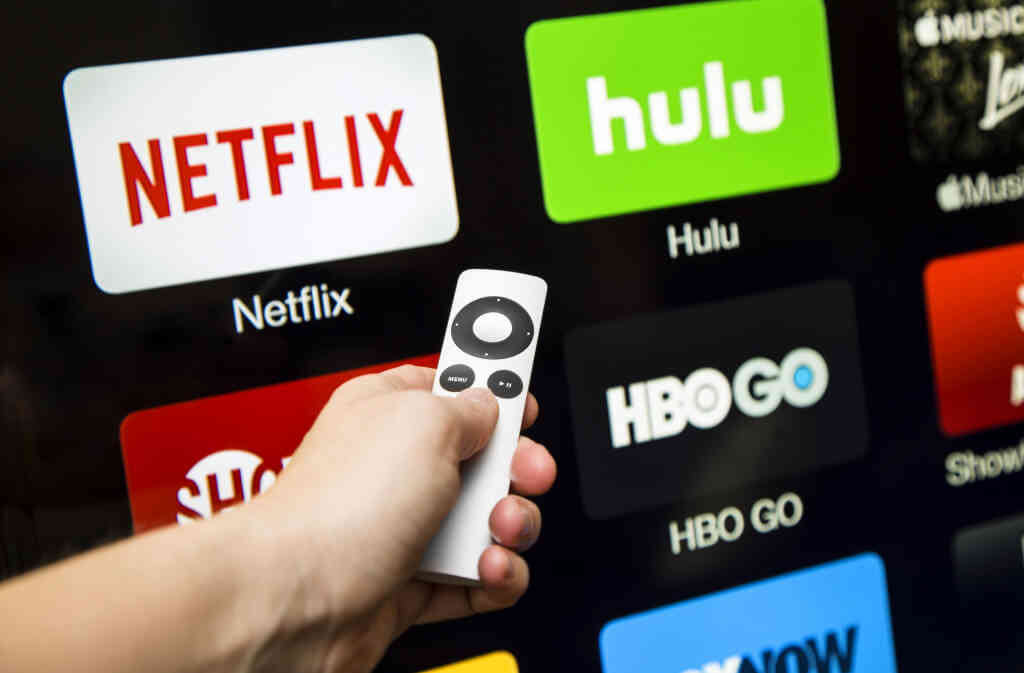
If digital content was considered an abstract idea five or six years ago, it no longer is. The Indian market has responded to domestic and foreign OTT platforms with open arms, armed with cheap internet connections and easy access to digital devices.
The OTT industry in India is open for competition right now. Many local players have established their audience, while major platforms from the US are trying to replicate the same supremacy in India that they hold in other Western countries. This also comes at a time when every company in the field is realizing the value of content to reach customers.
The stock of quality content has never been higher. From investors to industry titans and VCs, everyone is looking for a way to become a part of the content business. Job roles such as ad executives and marketing consultants are getting replaced by copywriters and content strategists. Advertising has become little more than a cog in the content vehicle driving the marketing message of a campaign home.
The Indian OTT space is populated by many players. In 2018, the OTT industry was valued at Rs. 21.5B. In 2019, its value is slated to reach Rs. 35B. It is showing signs of growth typical of a young industry about to explode onto the scene. The competition between the different platforms has also been great for consumers who have gotten the chance to watch a variety of content at a cheaper price.
Artists have also been a beneficiary of this trend. While only TV and movies were the two mediums artists could enter, digital content has opened opportunities in places previously unseen.
A welcome change from all sides, the next stage of the OTT revolution is a battle to gain supremacy over the Indian market.
In this article, we cover the OTT space, discussing the companies dominant in the field, the impact on traditional cinema, and the future of the industry in India.
The Indian OTT Industry
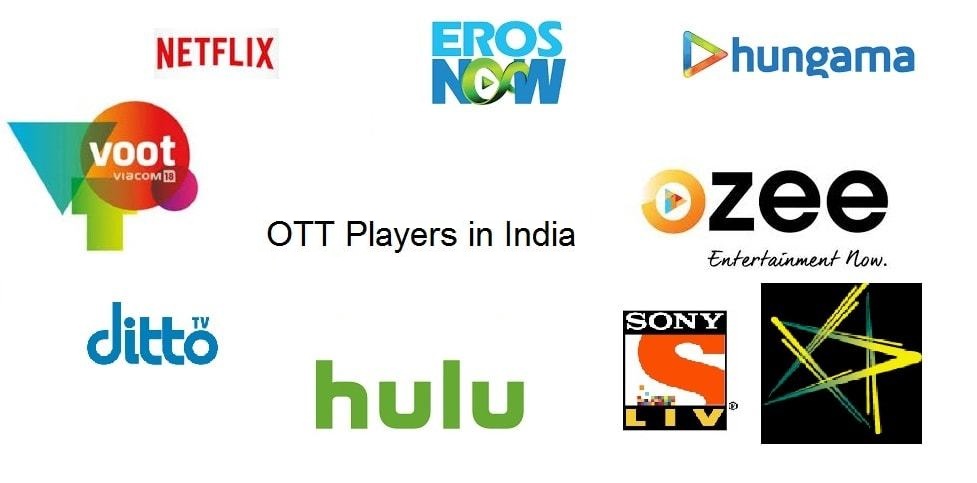
Right now, in Jan. 2020, the OTT market is extremely messy.
On one side, there are clear frontrunners who have the money to create quality content and market their platform to the right audience. Furthermore, some platforms have taken a different approach to get their target audience.
Then there is a whole segment of platforms run exclusively by TV channels and movie studios trying to cash in on the push towards digital. They too are doing well, even though they’re not at the level of the bigger players.
In this section, we will discuss some key platforms that seem to be holding the reins of the Indian video OTT industry.
-
Hotstar
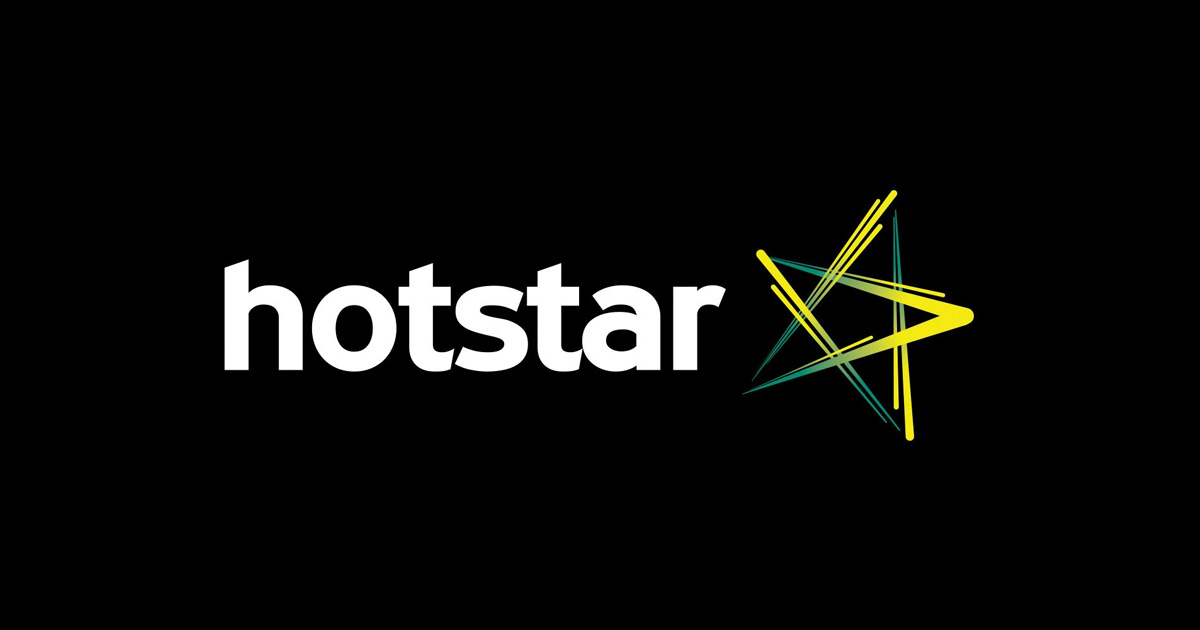
With more than 300M active users until June 2019, Hotstar sits atop the Indian OTT pyramid. No video streaming platform comes close to Hotstar for now.
Owned by Star India which in turn is owned by Disney, Hotstar is in a very good position as far as the Indian market is concerned. People use Hotstar to watch a lot of content of different languages.
The one reason why Hotstar is far ahead of others in the market is that it streams a variety of sports events on its platform, most importantly, cricket matches.
Hotstar owns the rights to stream IPL online, a key factor why it has a large number of users. Many other cricket events such as the World Cup and domestic cricket tournaments are also streamed on Hotstar. It also streams the English Premier League, a tournament that has grown wildly popular in India over the past decade.
It also streams hugely popular TV serials on its platform, not to mention a whole collection of movies, TV shows, and original content. The content diversity on Hotstar works brilliantly for the platform to keep customers engaged.
The one weakness the platform has is its dependence on cricket streaming. Any platform having the rights to show Indian cricket matches is primed to earn a lot of users. Without cricket, Hotstar is left a little exposed, albeit still ahead of the competition.
-
MX Player

MX Player is not a new name. It was launched by J2 interactive in 2011 as an offline video player. It wasn’t an OTT platform then. After being bought by Indian giant Times Internet for $140M, MX player pivoted to becoming an OTT platform in February 2019.
The decision to buy MX Player was strategic in many ways. It had name recognition in large parts of the Indian market, as numbers showed that roughly 350M Indian users had MX player installed on their phone.
The shift to becoming an OTT platform meant streaming content online and creating original content as well. Until now, MX Player has sought to create regional content in languages such as Telegu, Tamil, Gujarati, and so on. The strategy is very unique as it seeks to reach an audience most streaming services are not looking at right now. Outside India, MX Player is still available as an offline video player.
Since it has name recognition, MX Player has a reasonable presence in the market. With a unique strategy in place and a big name like Times Internet backing it, MX Player is not going anywhere anytime soon.
-
ZEE5
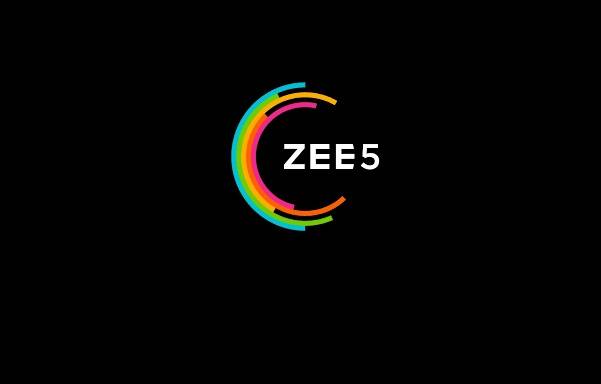
ZEE5, owned by Zee Entertainment Enterprises, with over 60M monthly active users, is one of India’s biggest OTT platforms. The very name of Zee has helped ZEE5 capture a large part of the market. It is available in every country in the world except the US.
Available at an affordable rate compared to other OTT platforms, ZEE5 is very popular amongst audiences across the country. It created the first Tamil web series ever created in 2018, and has since tried to cater to regional audiences while catering to urban consumers.
ZEE5 has worked with highly reputed names in tech such as Applicaster, Lotame, Talamoos, and Minute.ly to seriously improve its mobile-viewing experience in order to sustain itself against bigger players in the market such as Netflix, Hotstar, and Prime Video.
-
Amazon Prime Video

Amazon never joins an industry it doesn’t intend to dominate. With Prime Video, it has managed to square off 13M active users in the Indian market. Naturally, Prime Video is available to all Amazon Prime users. Since it offers users an entire ecosystem, Amazon is always a player to reckon with, especially in the OTT space where it can pour limitless resources into making its quality original content.
The problem with Amazon Prime Video and its failure to dominate the streaming services market is its wide presence in every market. Unlike Hotstar and ZEE5 that are solely in the content business, Amazon exists in many other spheres, from e-commerce to space travel.
It is for this reason it is behind Netflix in the US and other players in India. Its strategy has been to promote regional content more to reach the inner-parts of the Indian consumer base.
With a more focused approach, Amazon could dominate the OTT market. In order to win the battle for the Indian audience, platforms have to invest more and more into content.
-
Netflix
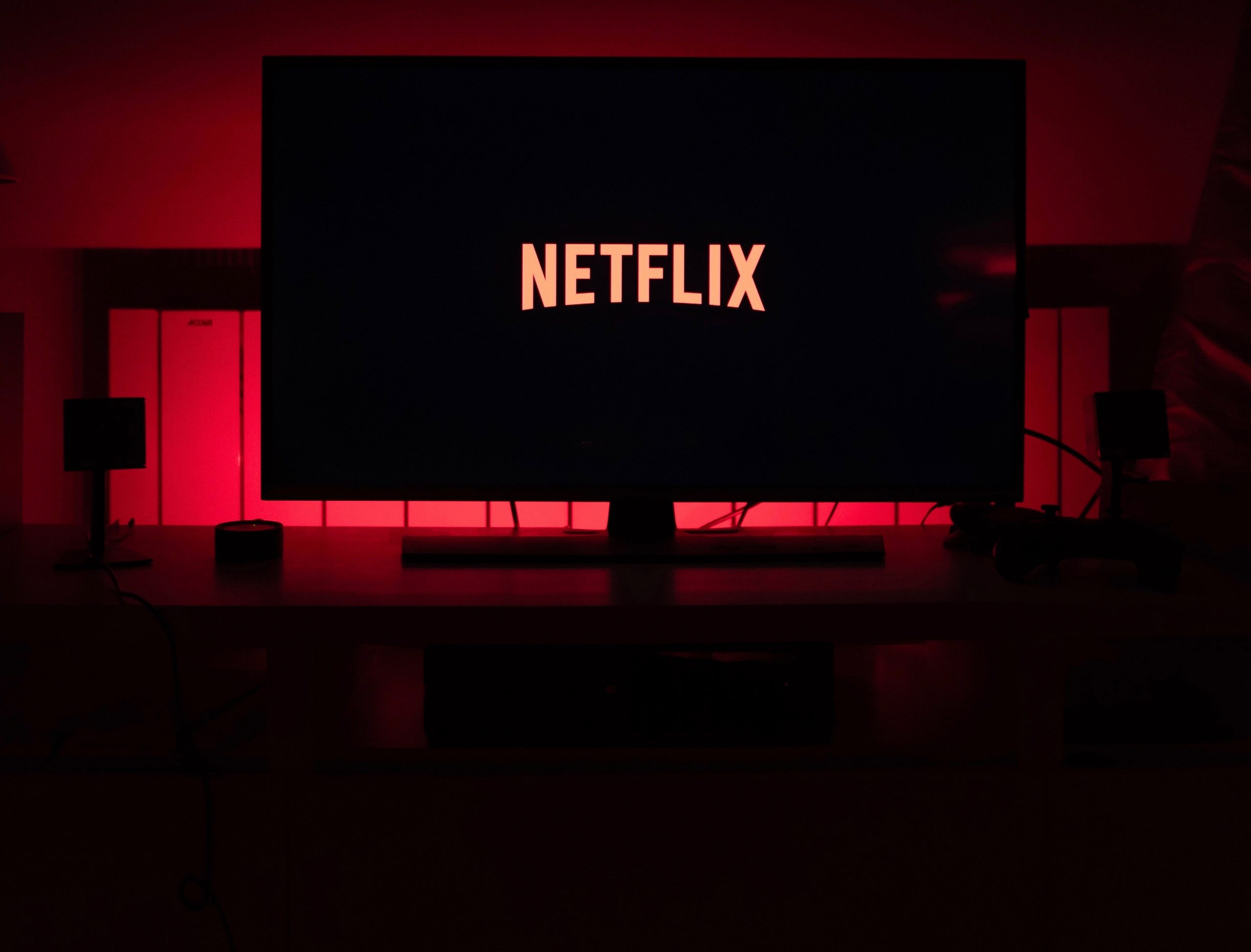
The biggest streaming platform in the world, Netflix has struggled to capture the attention of the Indian audience. Some have questioned its Rs. 500/month subscription prices, which compared to other Indian platforms is too much. It has cut down on the price recently, but the perception of being expensive has hurt Netflix in India.
As of June 2019, Netflix had 11M monthly active users. It also has a much higher feedback score compared to platforms like Hotstar and ZEE5, suggesting Netflix has been successful to strike a chord with its content.
The road to capturing the Indian market is still long. With the competition Netflix is facing in the US from the arrival of Disney+, dominating a growing market like India makes all the more important.
After receiving $2B in funding to create original content, Netflix is slated to splash some of it in India. Despite any preconception, Netflix knows it can win the viewers of India with quality content.
Future of OTT in India

The future of OTT in India can be described by one word – opportunity.
By the end of Q1 2019, 150M Indians were using video OTT platforms actively. Amongst these 150M users, 50% belonged to Tier 2 cities.
Compared to 150M, roughly 220M users were actively consuming content through social media and Google. In the 220M, 70% belonged to Tier 2 cities. The extra 70M users represent the people OTT platforms must target next as they have access to the internet and have shown a proclivity to consuming content online.
This strategy also works for companies trying to build a more diverse and local audience. By creating more targeted regionally-relevant content, OTT platforms can easily reach out to these 70M people still not watching content on streaming platforms.
In Conclusion
In conclusion, this article covers the bare bones of the Indian OTT industry. The future of OTT in India will be defined by quality content. Platforms who can consistently create quality content will beat the others in the market.
About the Author – Gaurav Heera is a well-known marketing personality and entrepreneur in the field. DelhiCourses.in, the institute he founded in 2008, is known for its reputable digital marketing course in Delhi.

Delhi Courses Academy is a leading institute offering the best digital marketing course in Delhi, known for its practical training, affordable fees, and industry-focused curriculum. With 15+ certifications, 100% placement assistance, and hands-on projects, it prepares students for real-world challenges.

